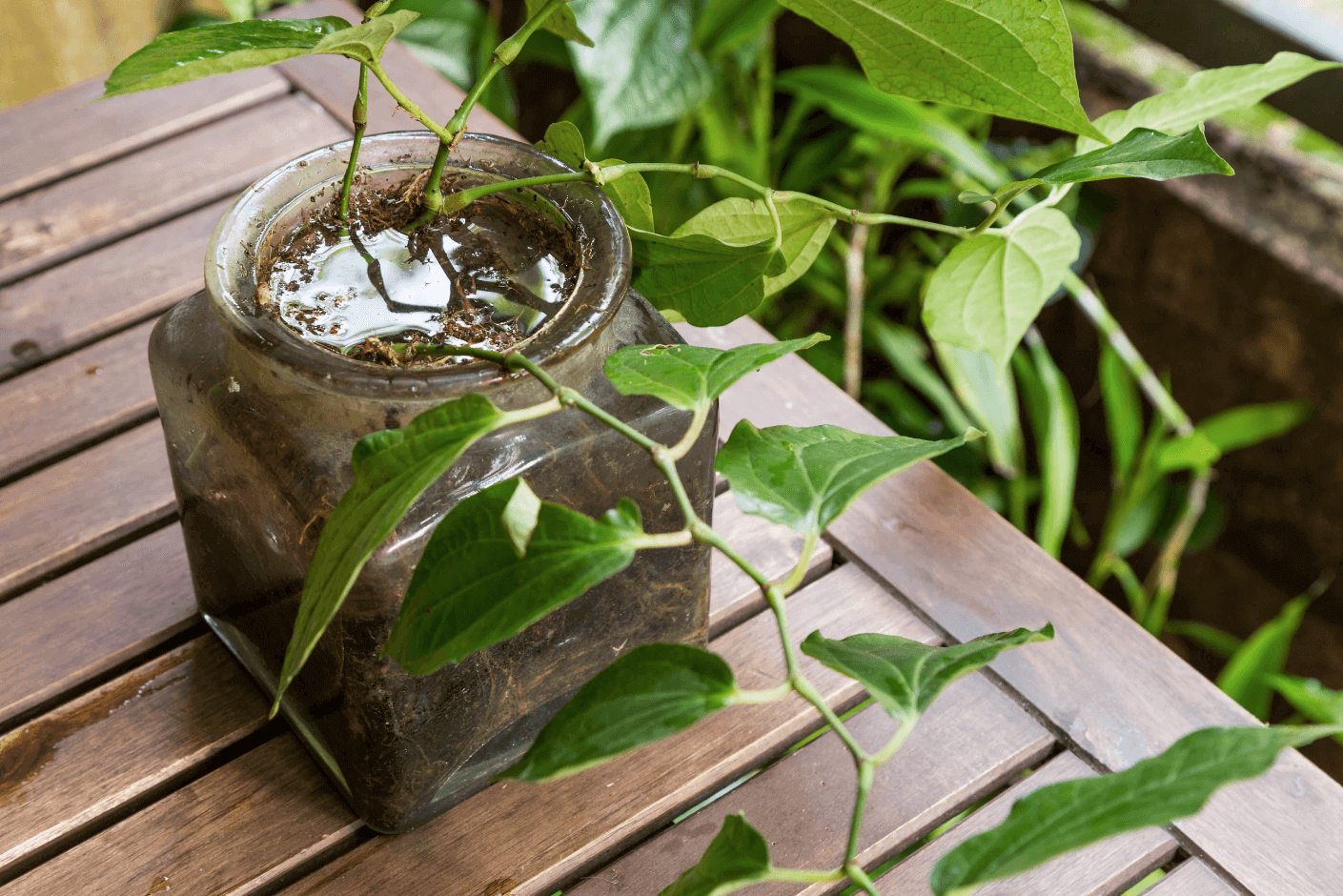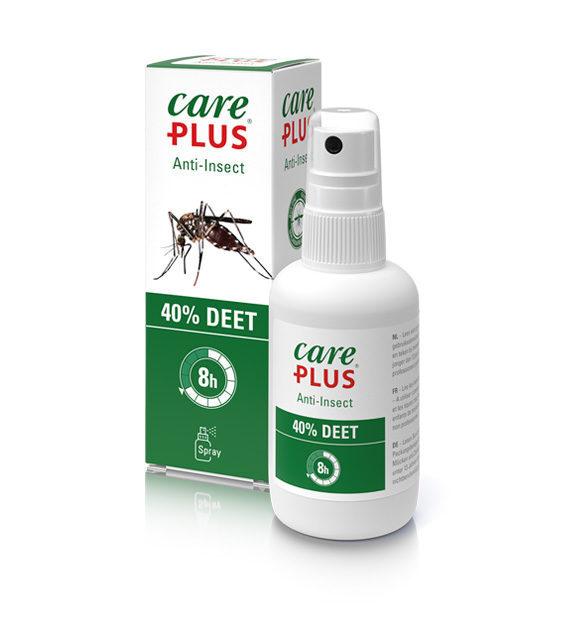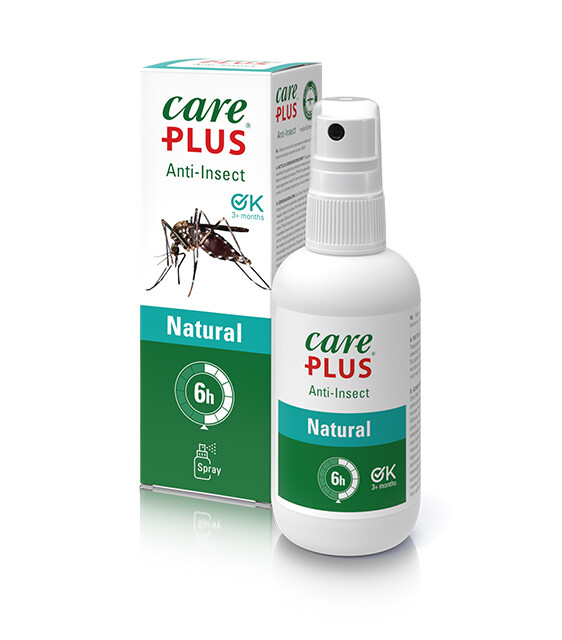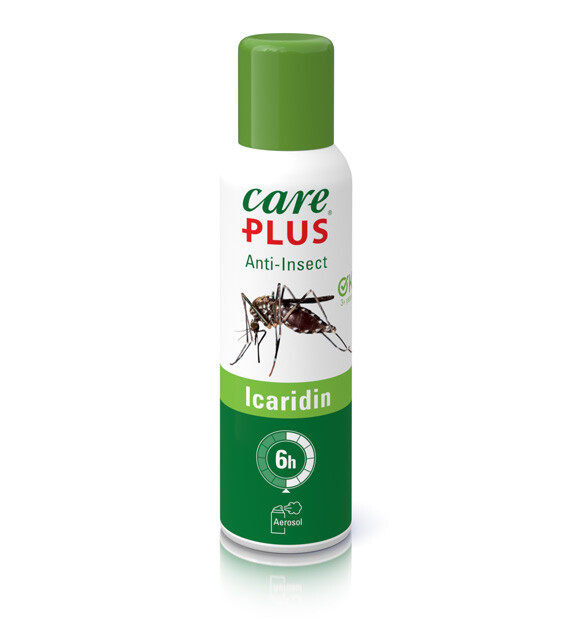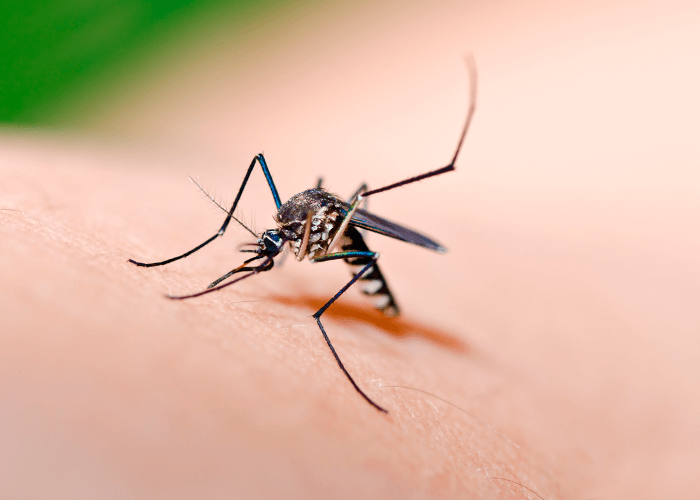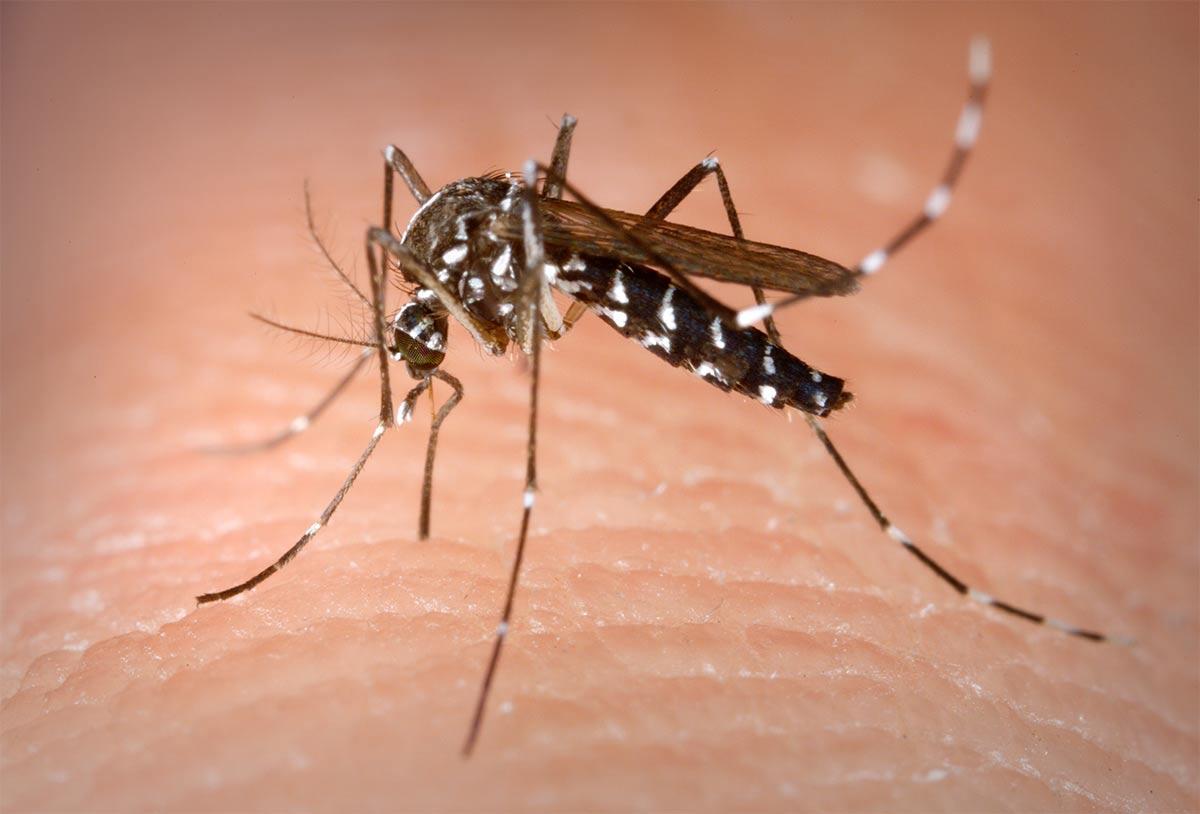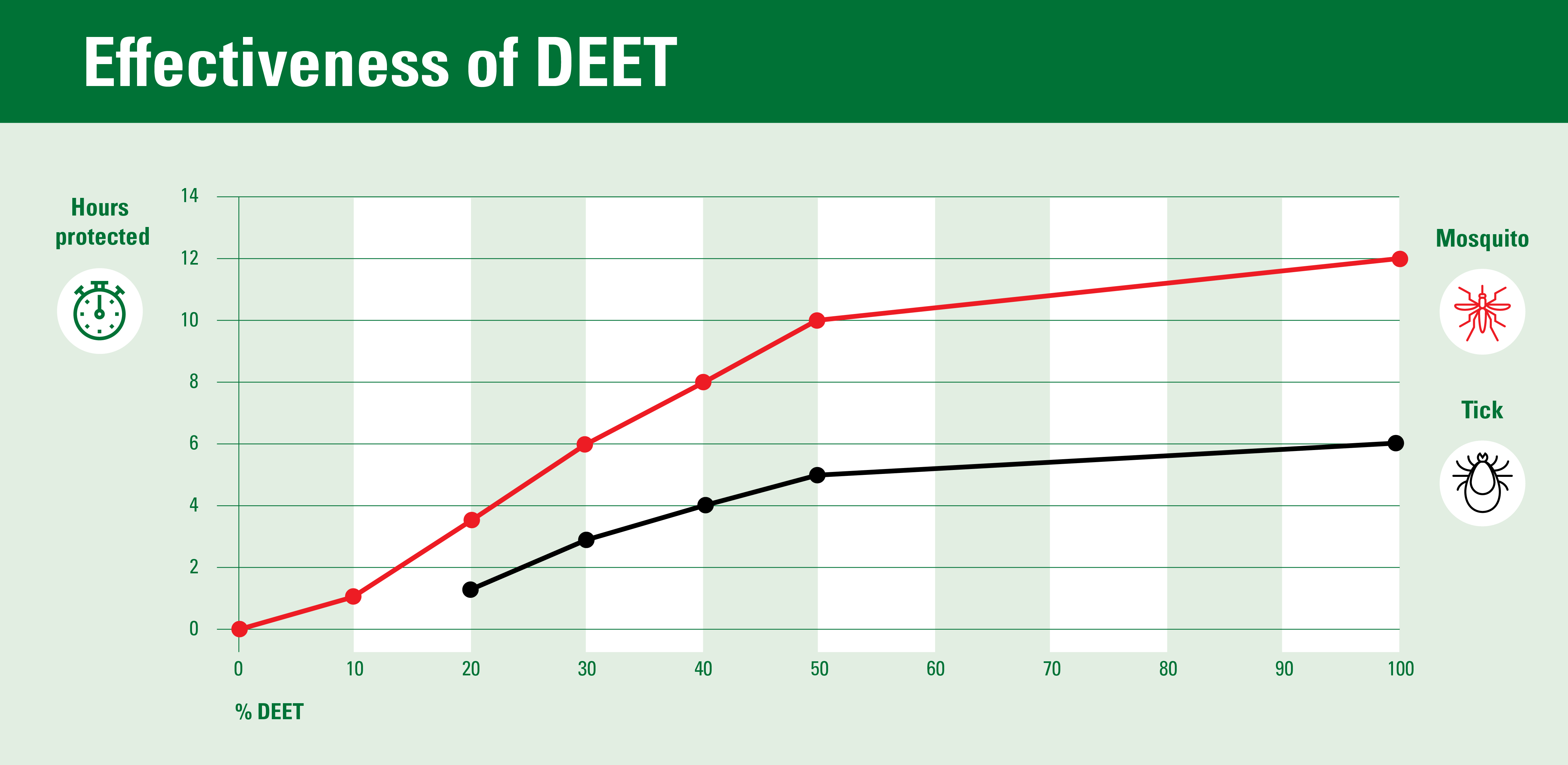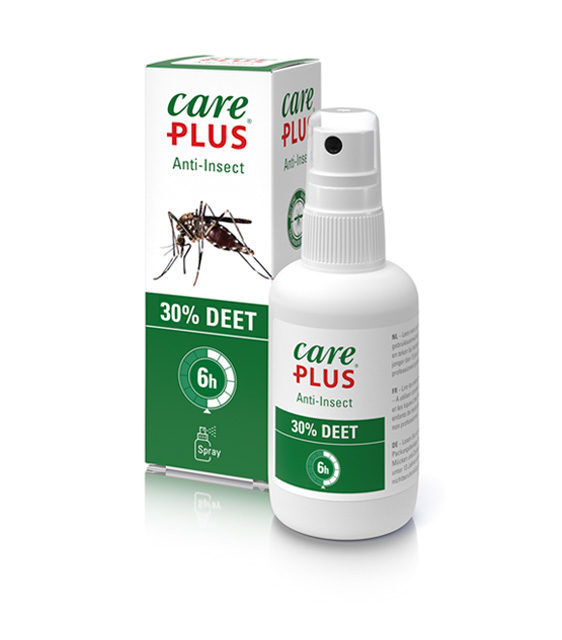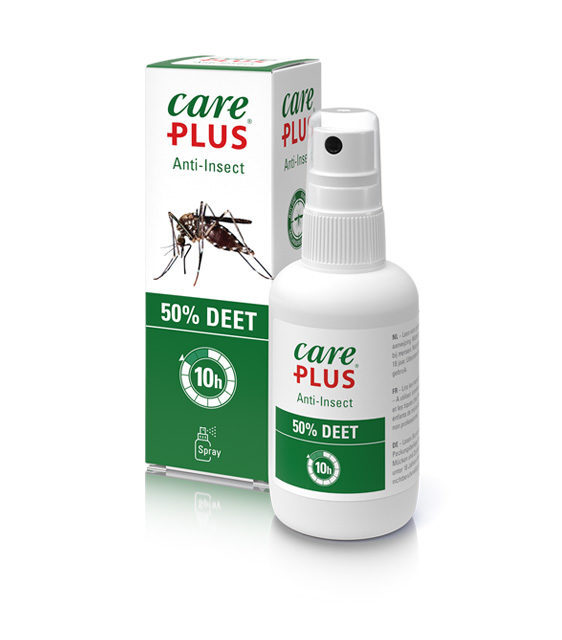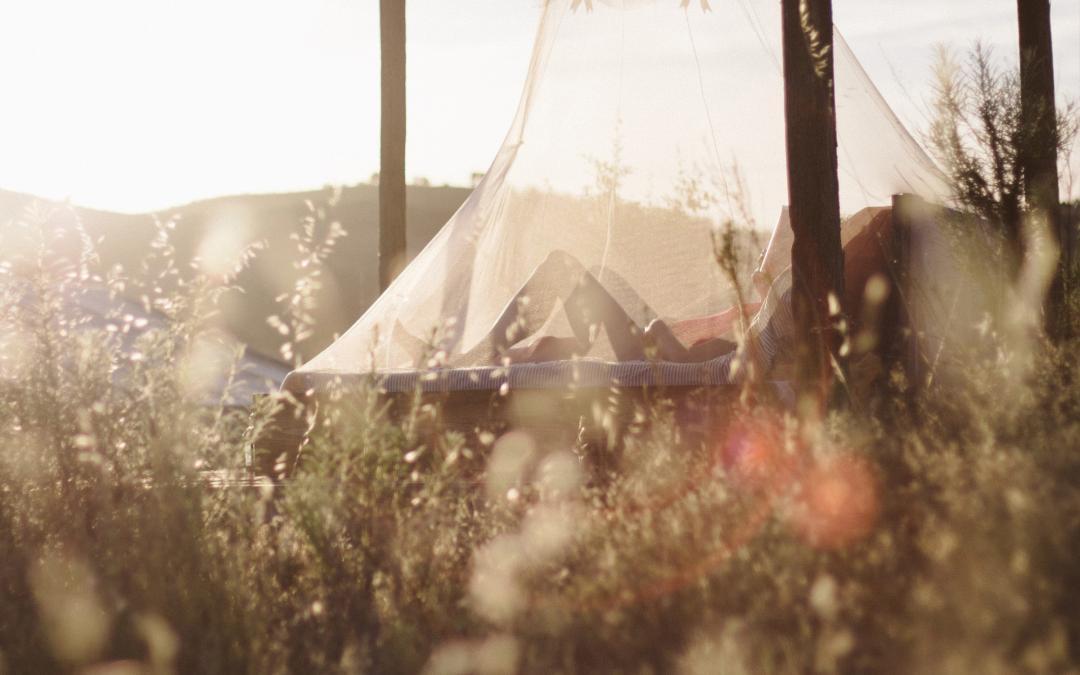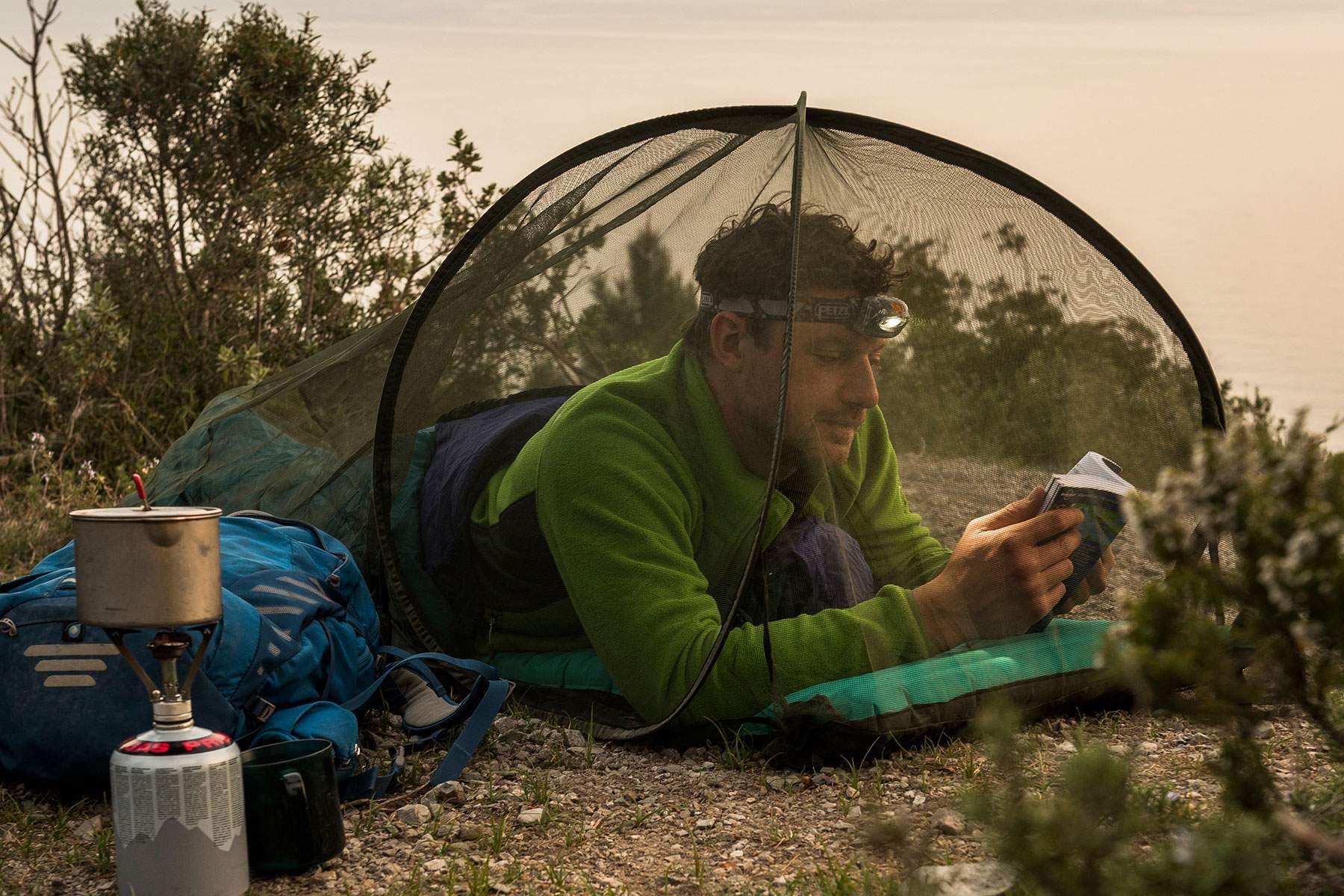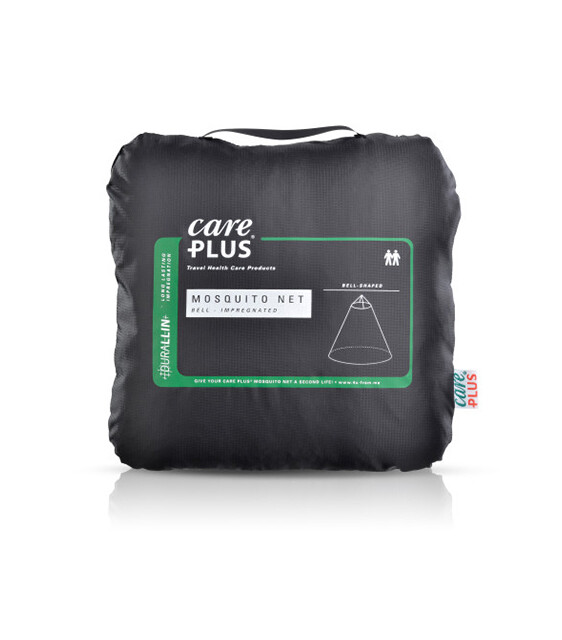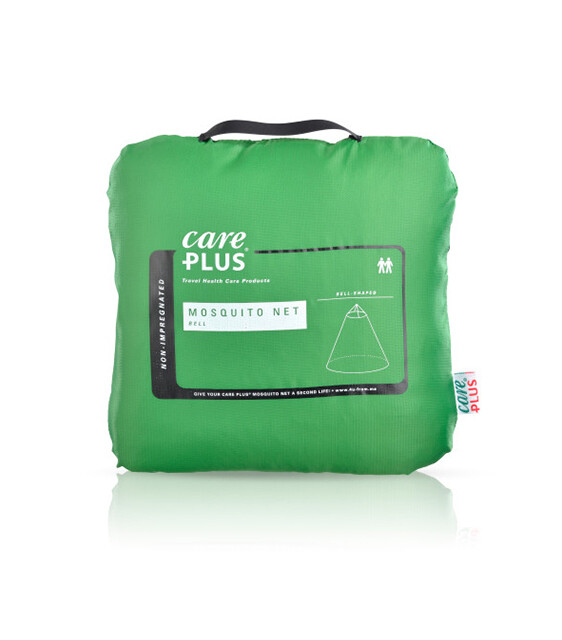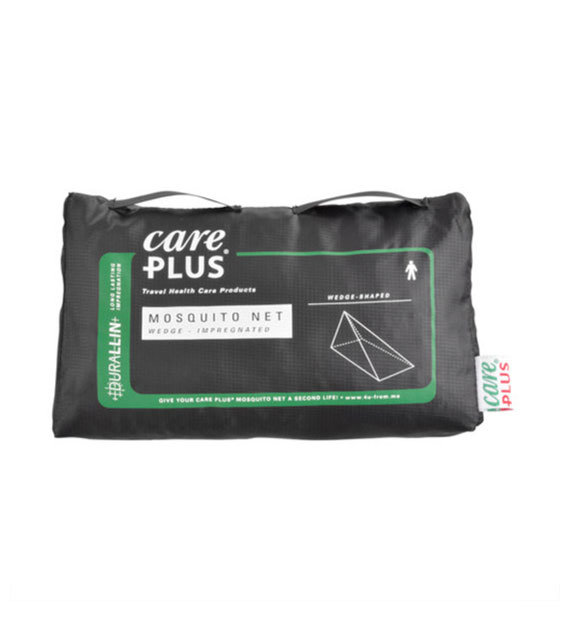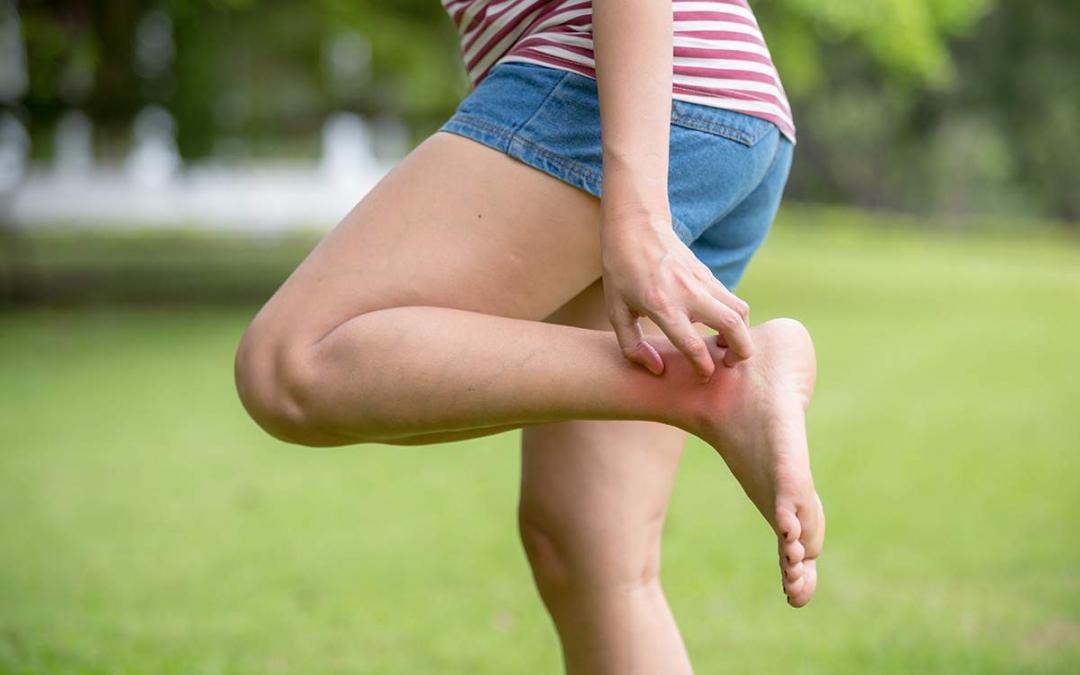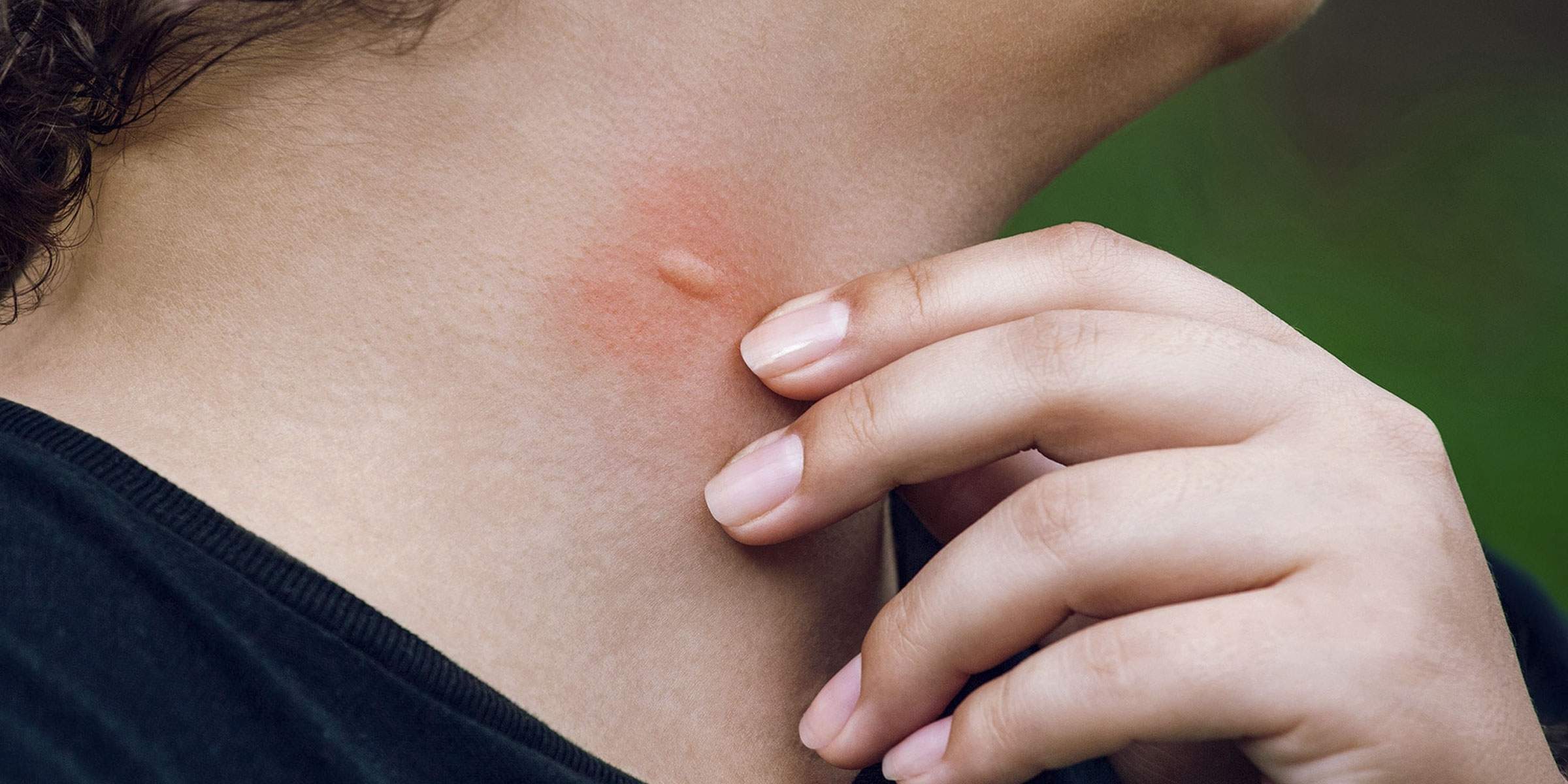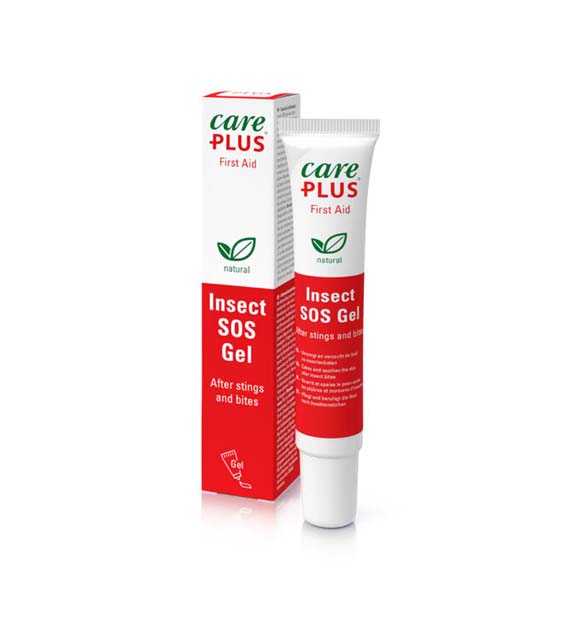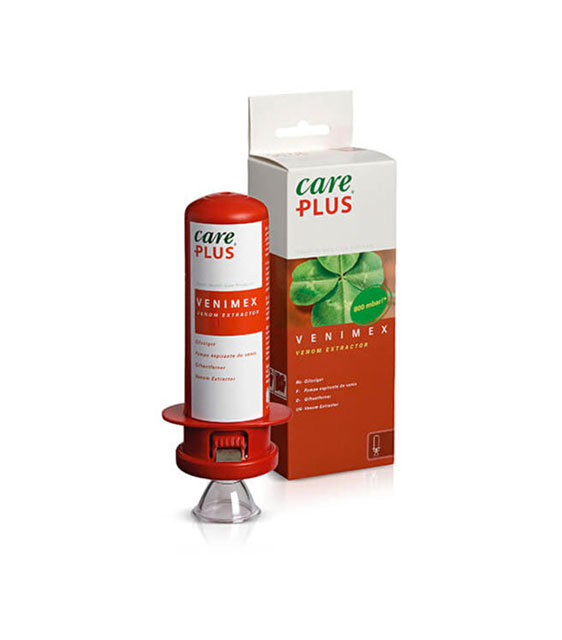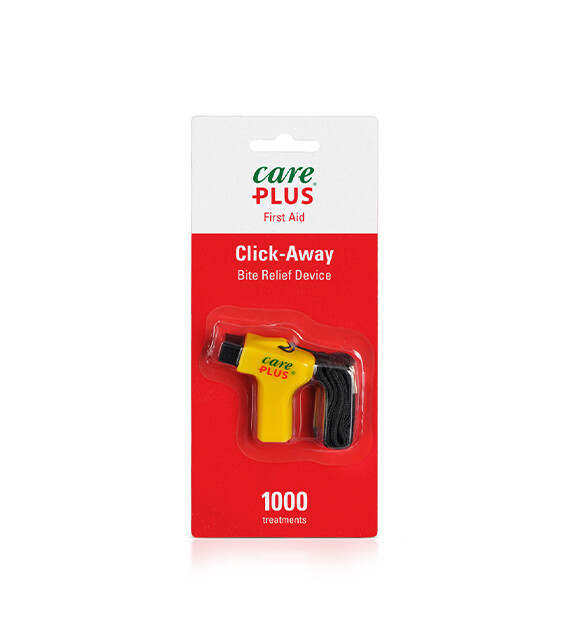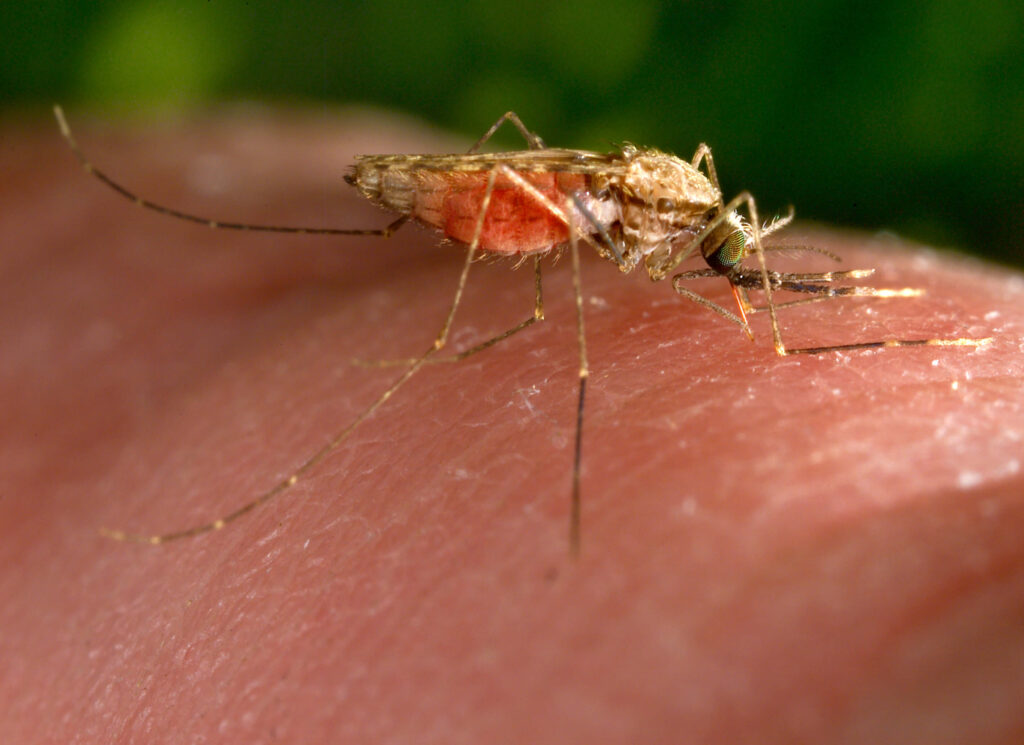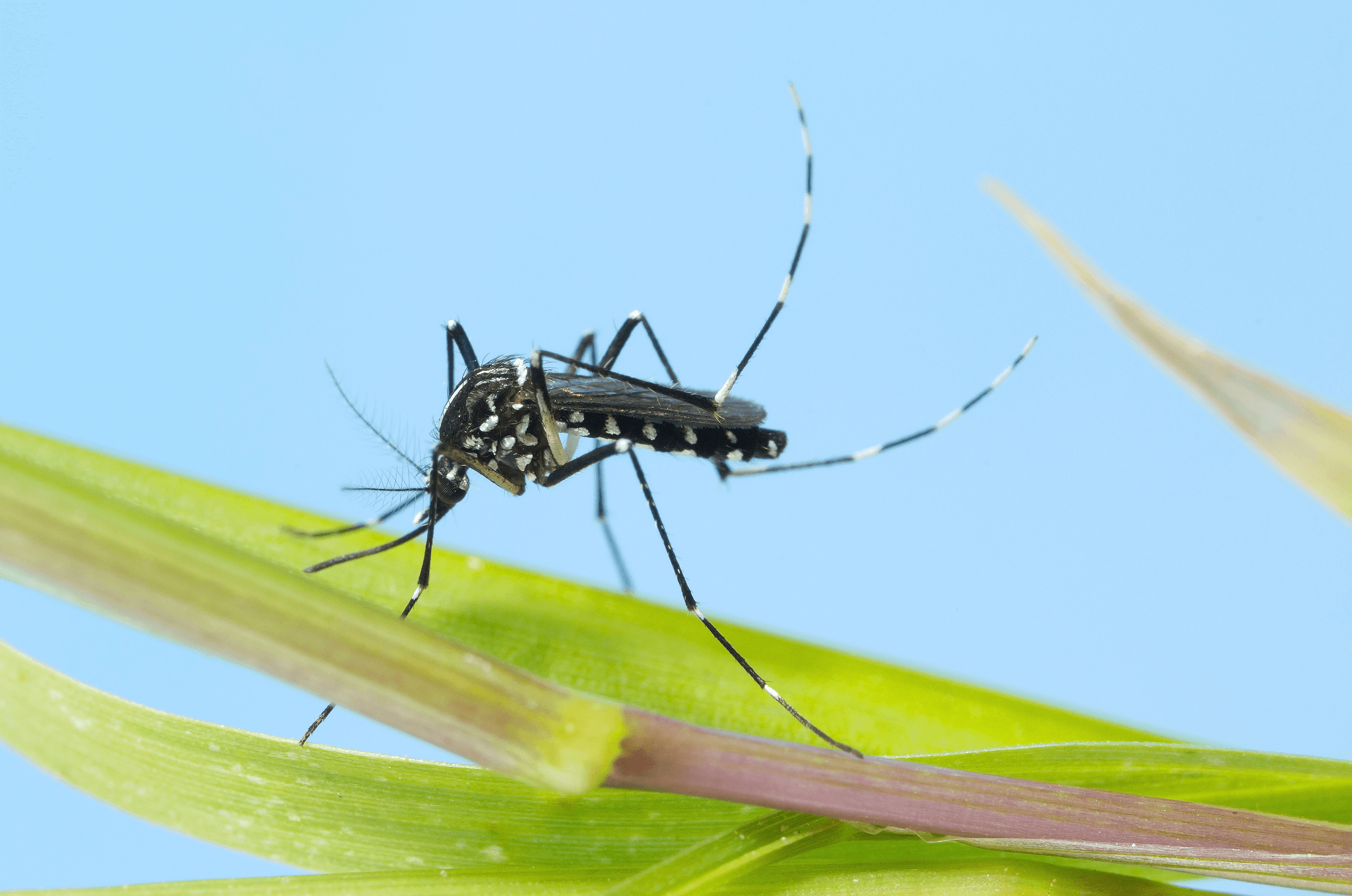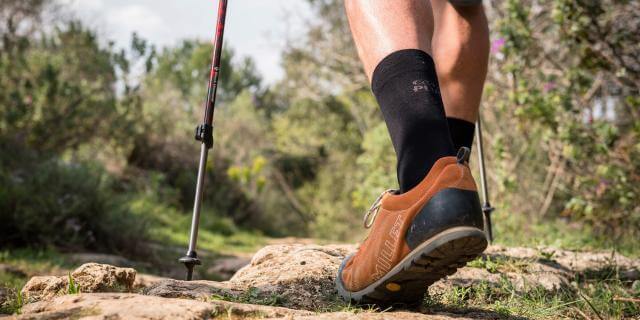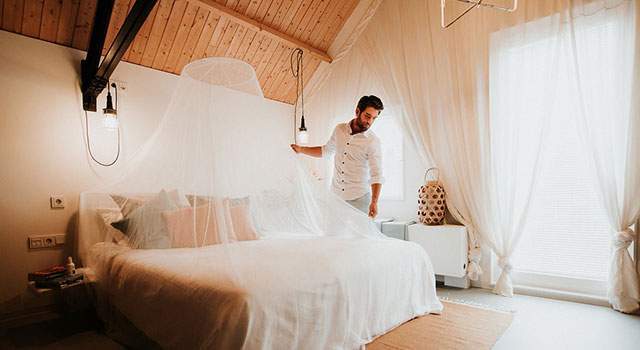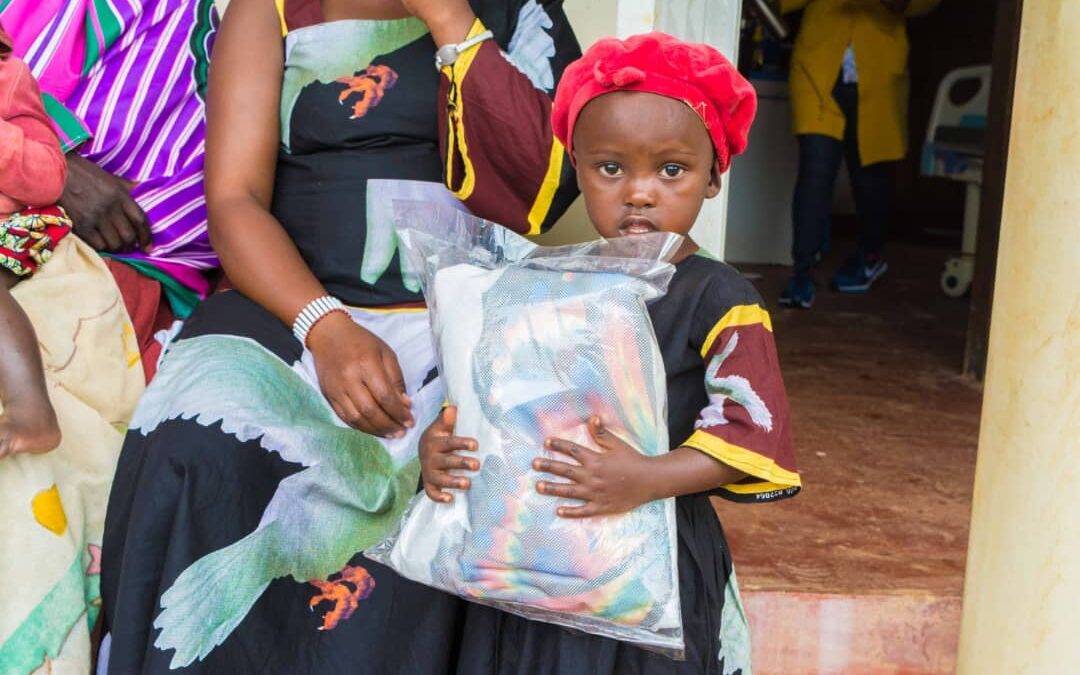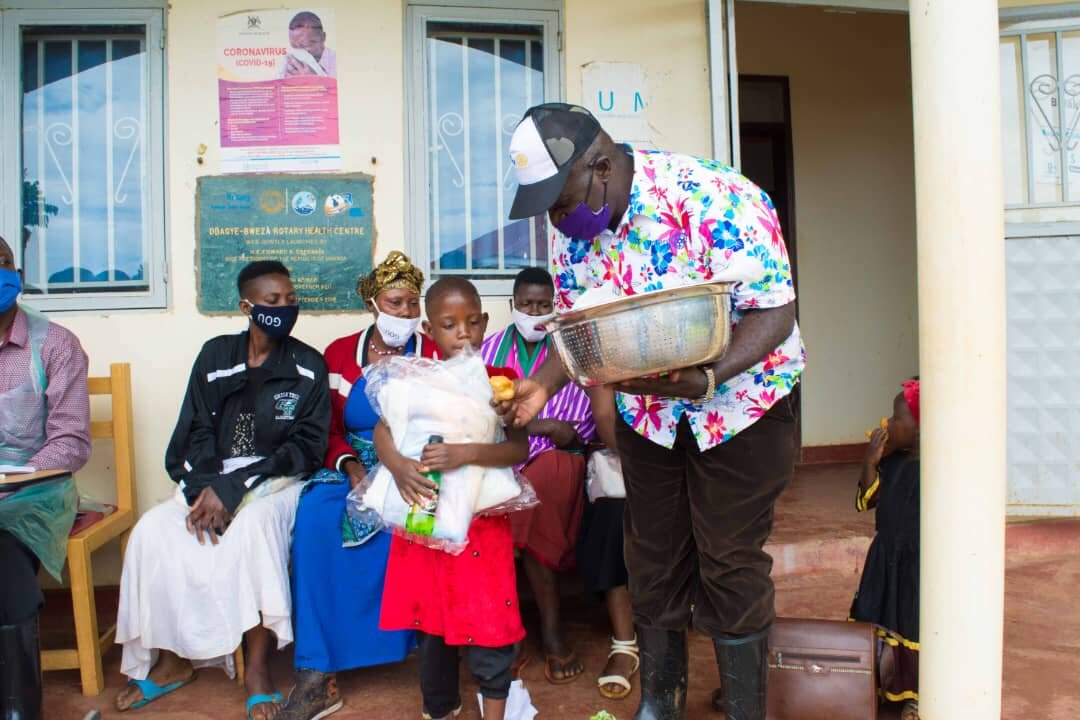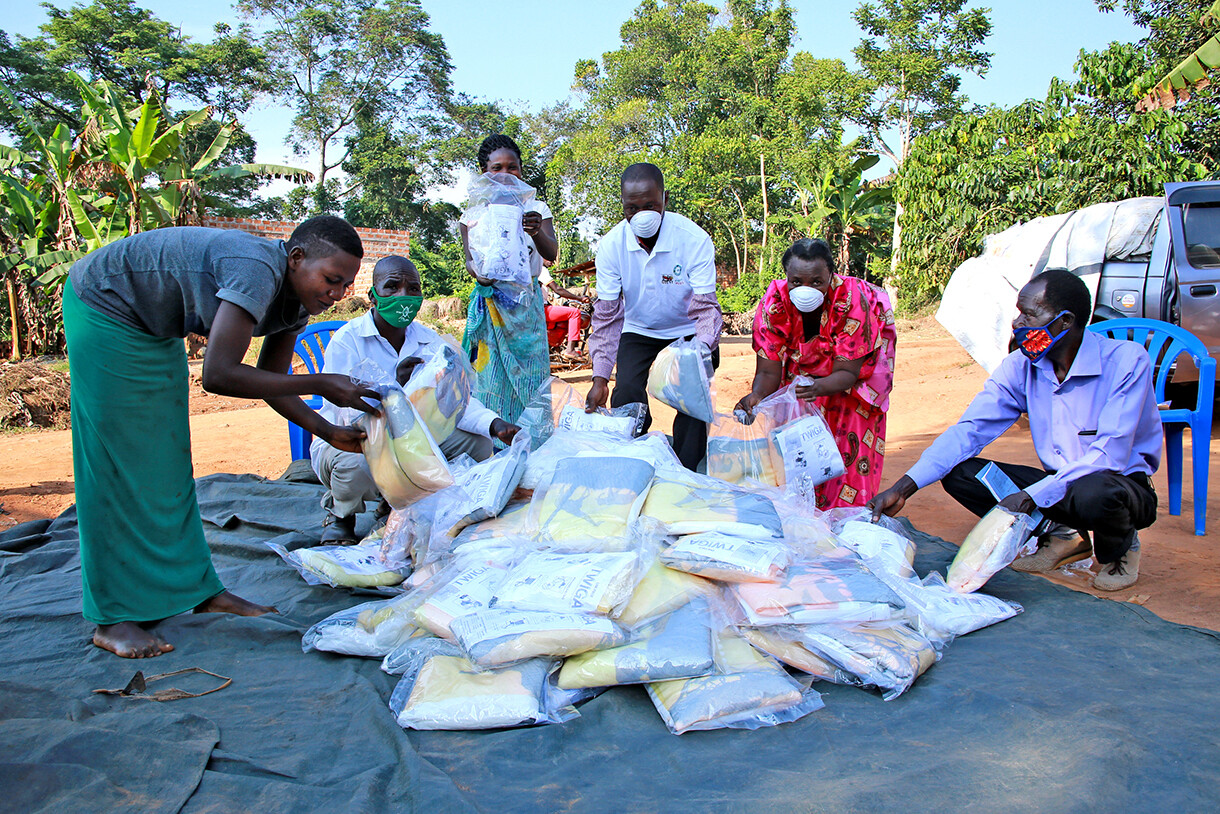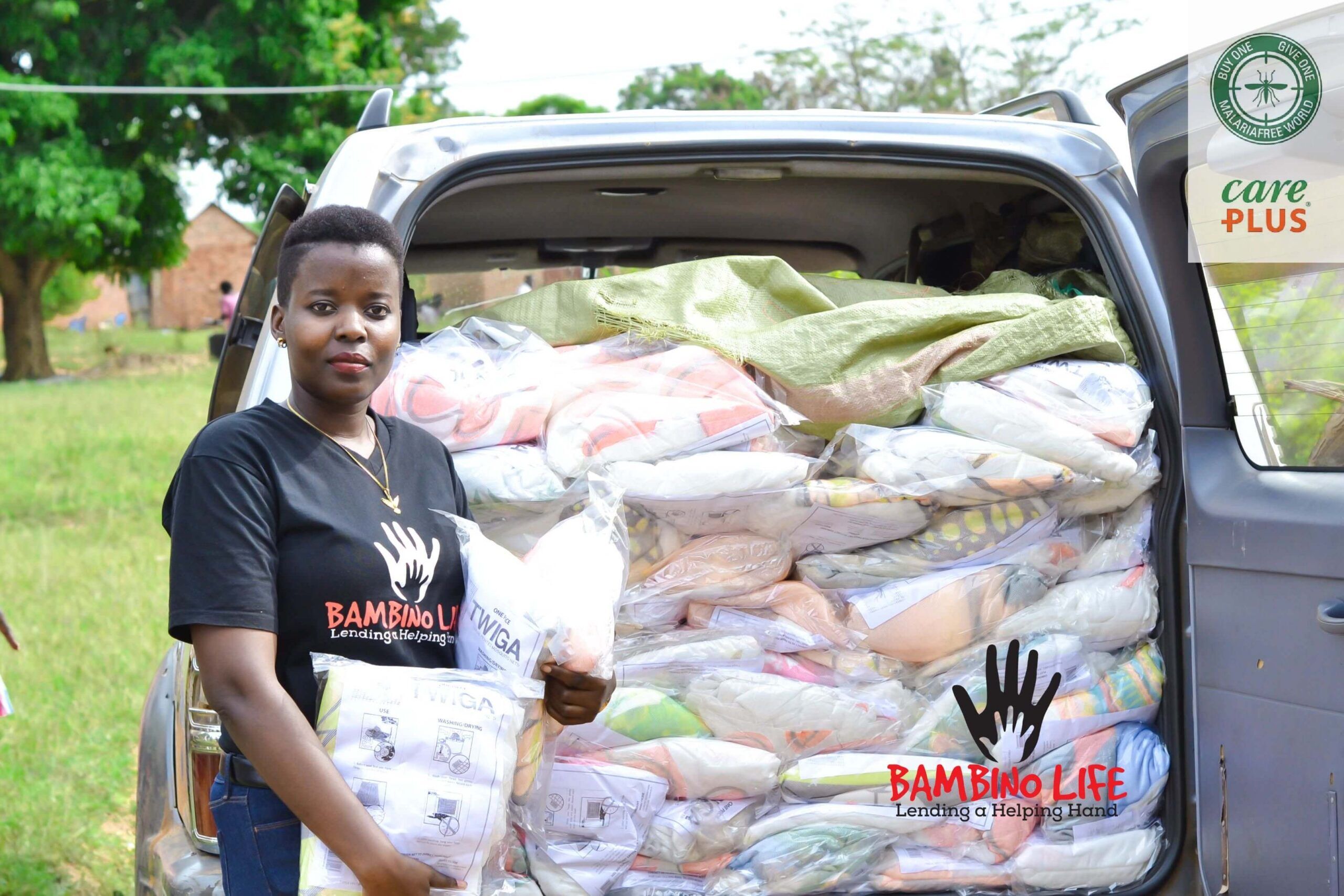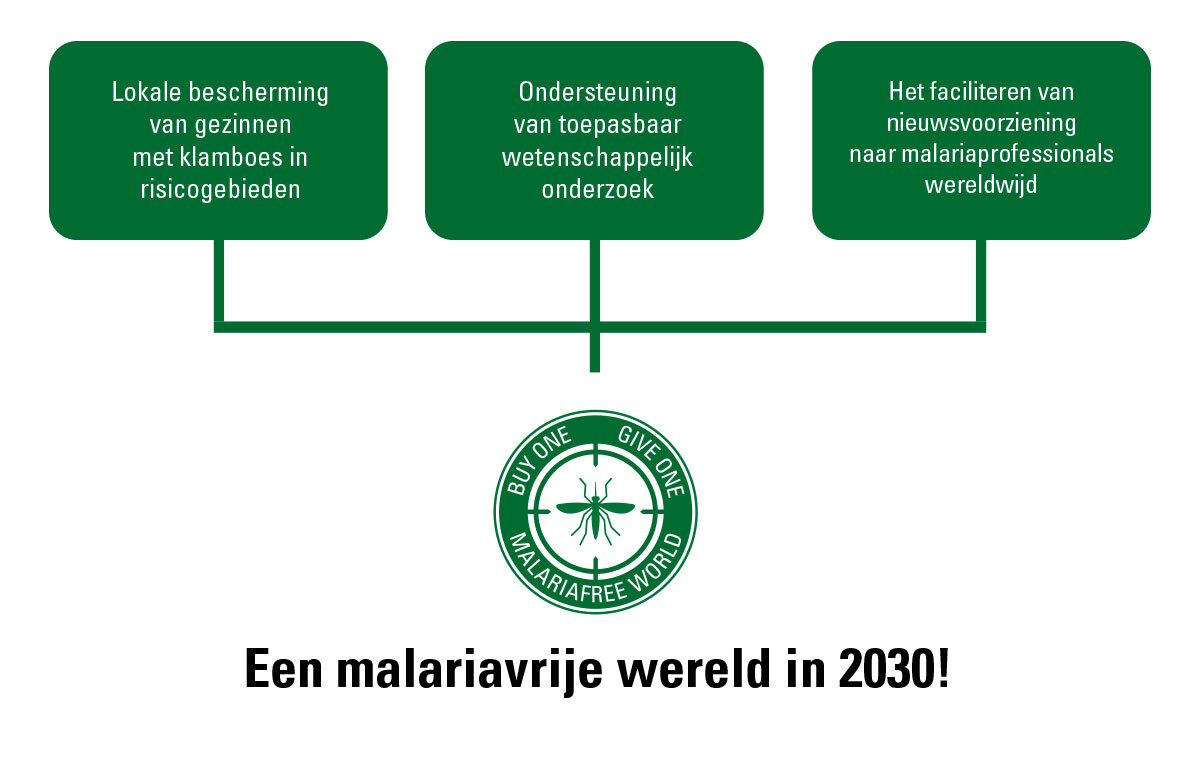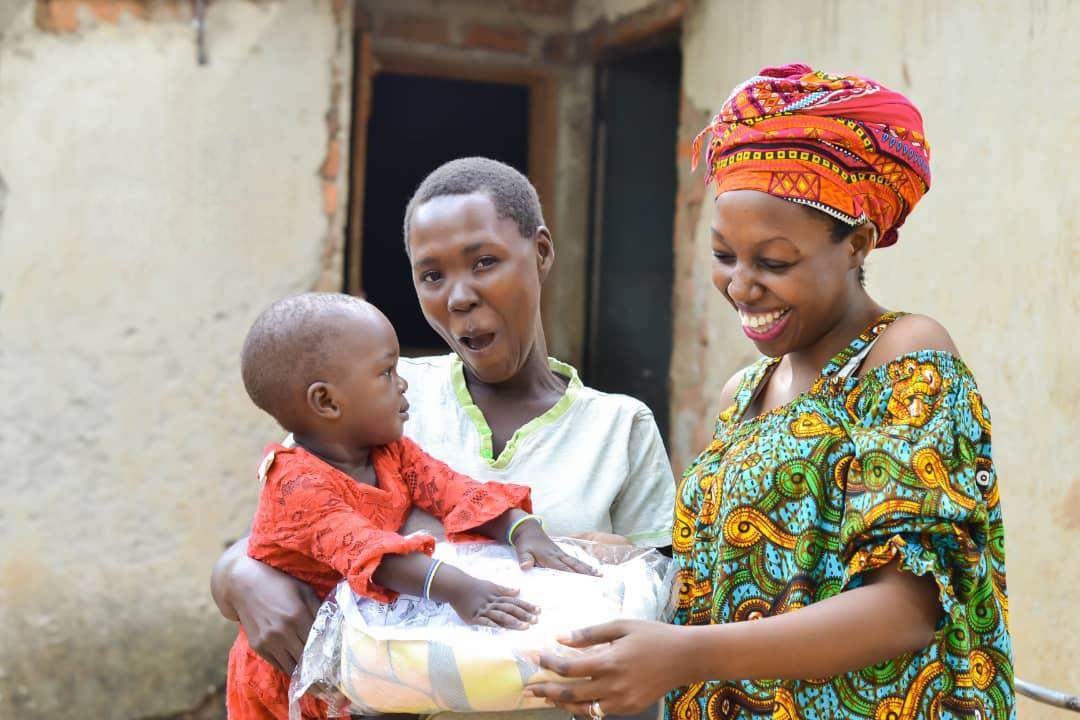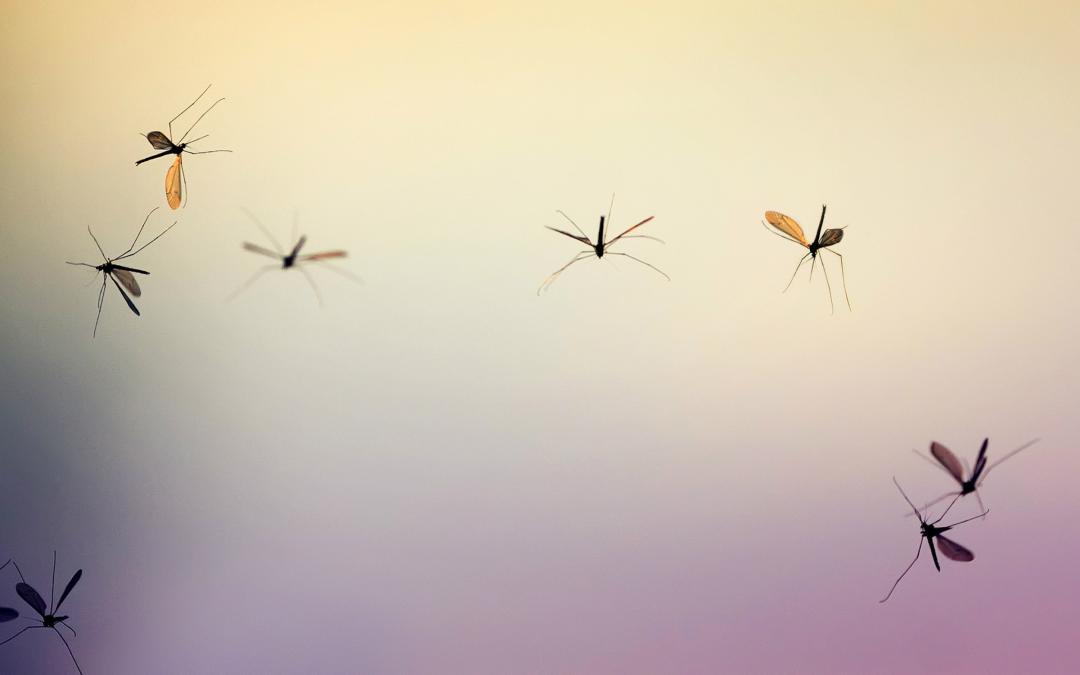
Vermeidung von Mückenplage nach starken Regenfällen
Regenfälle, wie wir sie in den letzten Wochen in den Niederlanden, Belgien und Deutschland erlebt haben, können einen erheblichen Störfaktor darstellen. Der Regen und der zusätzliche Schlamm sorgen nicht nur für Dreck, sondern können auch Schäden verursachen. Das letzte, was du brauchst, ist eine Belästigung durch Mücken. Allerdings sind die Bedingungen nach einem starken Regenfall in Kombination mit dem schwülen Wetter ideal für Mücken, weshalb eine Mückenplage bevorsteht.
Bekämpfung der Mückenplage nach starken Regenfällen
Nach starken Regenfällen können Mückenpopulationen explosionsartig wachsen und mögliche Infektionskrankheiten wie das West-Nil-Virus schnell in Europa verbreiten. Die folgenden Mückenarten sind die Hochwassermücken (Aedes taeniorhynchus, Aedes sollicitans) und die Wiesenmücke (Psorophora columbiae, Psorophora cyanescens, Aedes vexans). Diese Mückenarten gehören zu den Hausmücken und legen ihre Eier auf dem Boden in Gebieten ab, die periodisch überflutet werden, wie zum Beispiel die Überschwemmungsgebiete in den Niederlanden. Auch nach starken Regenfällen legen die Mücken hier gerne ihre Eier ab. Sobald die Eier im Wasser gelegt wurden, schlüpfen sie 5 bis 7 Tage später. Dies führt zu großen Schwärmen von Stechmücken.
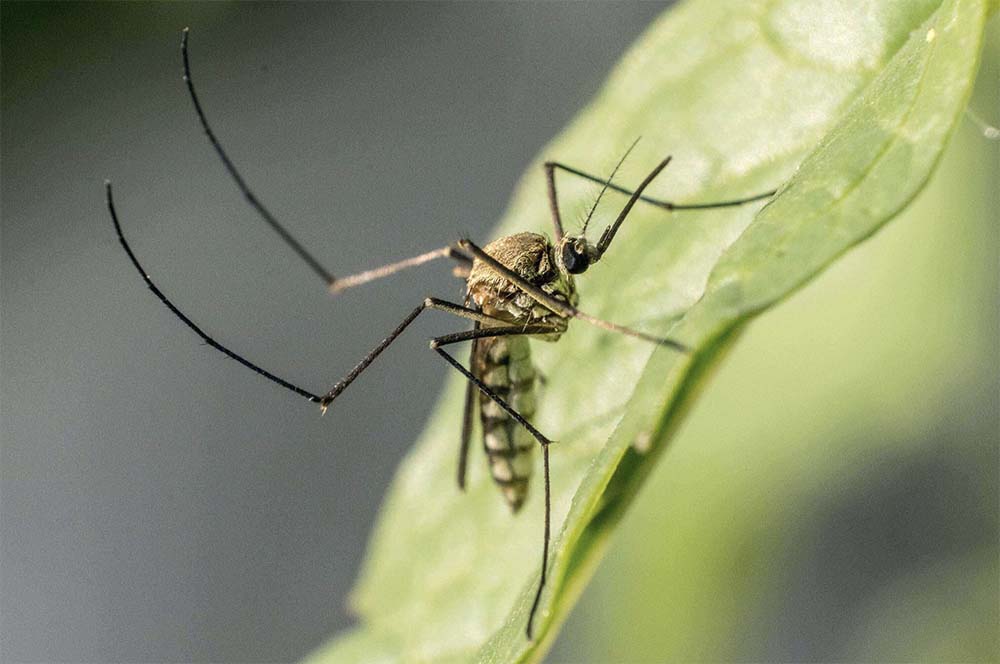
Was kannst du nach einem starken Regen tun?
Nach starken Regenfällen kannst du rund um dein eigenes Haus und deine Nachbarschaft folgendes veranlassen:
Wasserlachen
Wenn der Wasserstand sinkt, können viele Orte rund um das Haus überflutet werden. Wasserlachen sind eine Einladung für Mücken und andere stechende Insekten, ihre Eier abzulegen. Überprüfe also rund um dein Haus nach Stellen, an denen Wasser stehen bleiben wird. Was du tun kannst, ist diese Stellen mit Erde oder Sand aufzufüllen oder Wasser saugende Pflanzen darauf zu setzen. Typische Wasserspeicherstellen sind tieferliegende Bereiche, verstopfte Regenwasserabflüsse, Dachrinnen und z.B. Reifenspuren.
Schlamm
Wenn sich das Regenwasser zurückzieht, hinterlässt es Schlamm und Schlick, der vom Wasser mitgeführt wurde. Der kann sogar im Innern deines Hauses zurückbleiben. Wenn er die richtige Konsistenz hat und feucht genug ist, kann diese Schlammschicht als Brutstätte für Mücken dienen. Achte darauf, dass du diesen Schlamm rund um das Haus schnell entfernst und draußen in dünnen Schichten verteilst, damit der Boden z.B. schneller trocknet.
Traufen und Dachrinnen
Überprüfe Traufen und Dachrinnen regelmäßig auf stehendes Wasser, nach einem starken Regen ist dies noch wichtiger! Dachrinnen können schnell verstopfen, wenn Schlamm oder Sturmschutt durch die Dachrinne gespült wird. Dies führt zu stehendem Wasser, was ein idealer Nährboden für Mücken ist.
Geröll
Auch angeschwemmtes Geröll kann Wasser einschließen. Beseitige die Trümmer so schnell wie möglich. Objekte, die so klein wie ein Flaschendeckel sind, können potenzielle Brutstätten sein. Nimm dir außerdem die Zeit, nicht nur deinen eigenen Garten oder Hof zu überprüfen und aufzuräumen, sondern auch die Umgebung.
Abgelegenes Geröll
Nachdem du wasserführenden Schmutz aus der unmittelbaren Umgebung deines Hauses entfernt hast, solltest du auch versuchen, alle Objekte im Umkreis von hundert Metern um dein Haus zu untersuchen. Angenommen, du betrittst nicht das Grundstück von jemand anderem, dann nimm dir ein paar Stunden Zeit, um alle Trümmer zu entfernen, die Wasser halten könnten. Moskitos können hunderte von Metern auf der Suche nach einem Opfer fliegen.
Hohlräume in Wänden
Wenn Teile deines Hauses oder deiner Geschäftsräume aufgrund von Umständen abgerissen werden müssen, kann Wasser in Hohlräumen in Wänden stehen bleiben. Auch Moskitos können hier ihre Eier ablegen. Achte darauf, dass bei Abriss- und Bauarbeiten kein Wasser zurückbleibt. Decke offene Gebäudekonstruktionen ab, um das Eindringen von Regen zu verhindern.
Fahrzeuge
Wenn ein Fahrzeug auf dem eigenen Gelände besonders viel Wasser ausgesetzt ist, kann sich im Inneren des Fahrzeugs Wasser befinden, das nicht sofort sichtbar ist. Kontrolliere die Fahrzeuge und trockne alles gründlich. Sieh auch unter die Motorhaube.
Nebengebäude
Es ist sinnvoll, Garagen, Schuppen und Tierställe auf stehendes Wasser und Schlamm zu überprüfen. Berücksichtige auch Kriechräume unter Böden, Kellern und Souterrains.
Lagerbehälter
Überprüfe innerhalb und außerhalb deines Hauses alle Plastikvorratsbehälter auf Wasser, das durch Risse oder unter den Deckel eingedrungen sein könnte. Nicht alles ist so wasserdicht, wie du vielleicht gehofft hast. Achte auch darauf, dass kein Wasser auf dem Deckel oder entlang dem Rand oder der Griffe der Behälter zurückbleibt. Mücken brauchen sehr wenig Wasser, um ihre Eier zu legen.
Mülleimer
Mülleimer, Müllcontainer und andere Abfallbehälter können ebenfalls Wasser sammeln. Oft haben diese Container Abflusslöcher, die verstopft sind oder andere Objekte enthalten, die Wasser einschließen können. Achte darauf, dass du sie nach dem Öffnen richtig verschließt. Verschließe auch die Mülltonnen dicht, damit kein neues Regenwasser eindringen kann.
Planen
Wenn du deine Sachen nach draußen stellst, ist es sinnvoll, eine Plane darüber zu spannen. Allerdings kann diese Plane bei Regen auch Wasser auffangen, wenn sie anfängt durchzuhängen. Achte also beim Auflegen der Plane darauf, dass sie gut entwässert ist.
Diese Checkliste wird die Wahrscheinlichkeit einer Mückenplage erheblich reduzieren. Das ist gut, denn nach einer Flut hast du genug um die Ohren. Das Letzte, was du willst, ist von Mücken wach zu liegen, die deinen Schlaf stören. Für den unwahrscheinlichen Fall, dass du von Mücken belästigt wirst, ist ein Moskitonetz in deinem Schlafzimmer eine hervorragende Lösung, um sie fernzuhalten. Du kannst auch ein Insektenschutzmittel auf Basis von DEET, Citriodiol® oder Icaridin in die unbedeckte Haut einreiben.
